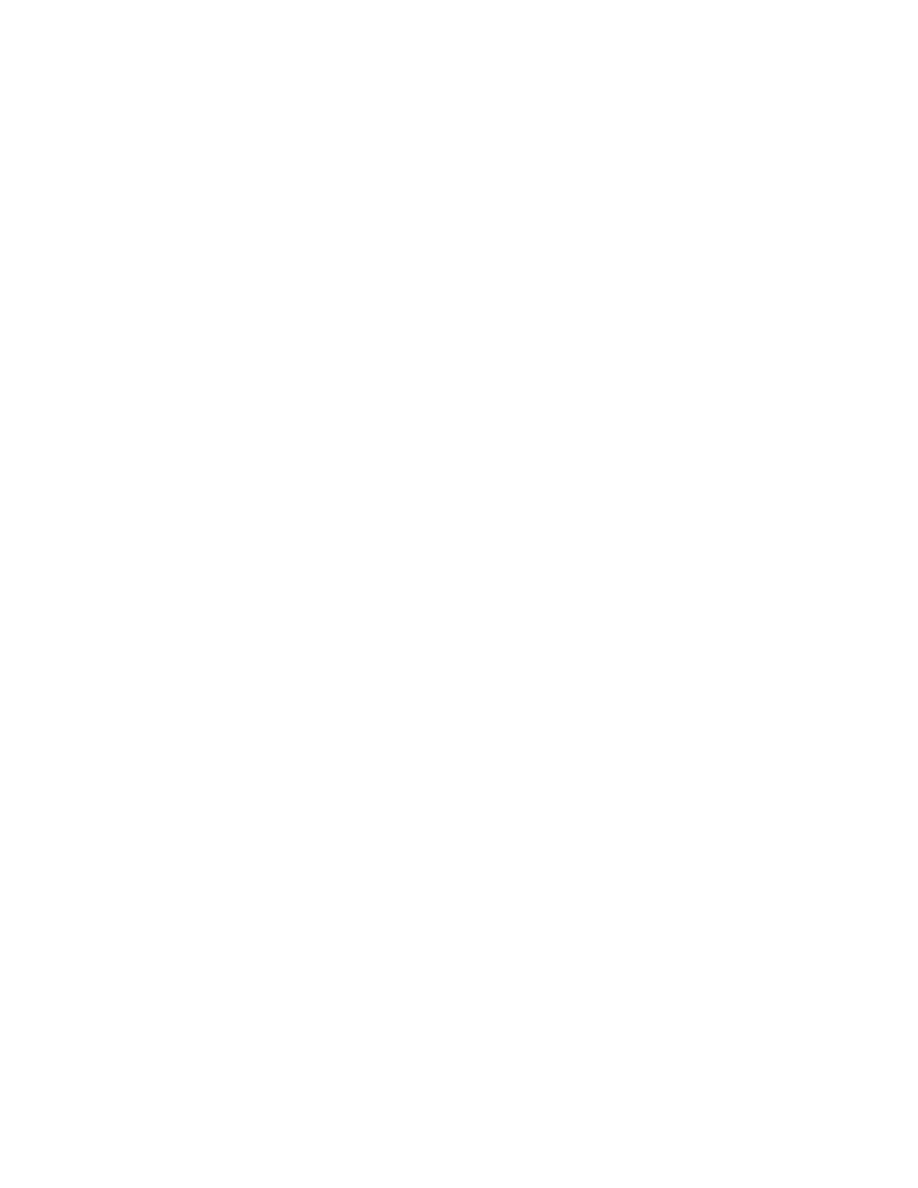Express 2500 V8-6.6L DSL Turbo (2010)

*
J-23738-A MityVac
Circuit/System Verification
1. Inspect the fuel system for damage or external leaks before proceeding.
2. Verify that adequate fuel is in the fuel tank before proceeding.
3. Observe the Actual Fuel Rail Pressure parameter with a scan tool. During engine cranking, the pressure should be at least 10 MPa (1450 psi). With
the engine running at idle the pressure should be close to the Desired Fuel Rail Pressure. As the engine speed increase, the Desired Fuel Rail
Pressure and the Actual Fuel Rail Pressure should be within 2 MPa (290 psi) of each other.
4. Verify the fuel filter vacuum switch parameter does not display restricted.
Circuit/System Testing
Note: You must perform the Circuit/System Verification before proceeding with Circuit/System Testing
1. Install the CH-48027 to the fuel system service port on the right front side of the engine.
2. Command the fuel pump ON with a scan tool and observe the fuel pressure gauge to ensure that fuel pressure is present. Visually inspect the
engine and chassis for leaks or damage to the fuel hoses, fuel lines, and fuel system components.
‹› Repair any leaks or replace any components found to be damaged or leaking.
‹› If the fuel pump did not run and fuel pressure was not observed, refer to Fuel Pump Electrical Circuit Diagnosis (See: Computers and Control
Systems/Testing and Inspection/Component Tests and General Diagnostics/Fuel Pump Electrical Circuit Diagnosis).
‹› If the fuel pump did run and fuel pressure was not observed, inspect the fuel feed line for a vacuum leak between the primary fuel filter
assembly and the fuel tank sender.
3. If leaks or damage were not found on the fuel system, turn OFF the fuel pump and disconnect the fuel supply line at the engine. Refer to Metal
Collar Quick Connect Fitting Service (See: Fuel Line Coupler/Service and Repair/Metal Collar Quick Connect Fitting Service).
4. Cap off the fuel supply pipe on the engine with a rubber plug and a clamp.
5. Remove the fuel pump relay.
6. Engine cranking, verify the CH-48027 displays greater the 10 in. Hg of vacuum.
‹› If vacuum is present during cranking but bleeds off rapidly, repair the leak in the fuel supply line.
‹› If less than the specified value, replace the G18 high pressure fuel pump.
Note: Changes in engine speed can cause an increase of air bubbles that enter the EN-47969. An air pocket at the top of the EN-47969 loop is
considered a normal condition.
7. Remove the rubber plug from the fuel supply line and install the EN-47969. Create a vertical loop in the hose to observe the incoming fuel for air
bubbles. Command the Fuel Pump ON with a scan tool and prime the fuel system until all air has been purged. Start and run the engine for at least
10 minutes to allow the fuel system to stabilize. At a stabilized idle, observe the fuel entering the EN-47969 for air bubbles.
‹› If air bubbles were observed entering the transparent hose, test the fuel sender for leaks. Refer to Fuel Sender Assembly Replacement (See:
Fuel Tank/Fuel Gauge Sender/Service and Repair).
‹› If no air bubbles are present, remove the EN-47969 and run the engine to ensure no fuel leaks exist.
Repair Instructions
Perform the Diagnostic Repair Verification (See: Computers and Control Systems/Testing and Inspection/Diagnostic Trouble Code Tests and
Associated Procedures/Verification Tests and Procedures) after completing the diagnostic procedure.
*
Fuel Injection Pump Replacement (See: Service and Repair/Fuel Injection Pump Replacement)
*
Fuel Sender Assembly Replacement (See: Fuel Tank/Fuel Gauge Sender/Service and Repair)
VIN 6
Fuel System Diagnosis
Diagnostic Instructions
*
Perform the Diagnostic System Check - Vehicle (See: Testing and Inspection/Initial Inspection and Diagnostic Overview/Diagnostic System
Check - Vehicle) prior to using this diagnostic procedure.
*
Review Strategy Based Diagnosis (See: Testing and Inspection/Initial Inspection and Diagnostic Overview/Strategy Based Diagnosis) for an
overview of the diagnostic approach.
*
Diagnostic Procedure Instructions (See: Testing and Inspection/Initial Inspection and Diagnostic Overview/Diagnostic Procedure Instructions)
provides an overview of each diagnostic category.
